Prof. Dr. Rudolf Emil Kálmán
Rudolf Kalman emigrated to the United States where he studied electrical engineering at the Massachusetts Institute of Technology. He was awarded a S.B. in 1953, and continued to undertake graduate studies there leading to a S.M. in 1954. For his doctoral work he went to Columbia University in New York City where he was advised by John Ralph Ragazzini. He was appointed as an Instructor in Control Theory at Columbia University in 1955 and promoted to Adjunct Assistant Professor in 1957. He submitted his doctoral thesis Analysis and Synthesis of Linear Systems Operating on Randomly Sampled Data in 1958 and was awarded a D.Sci. in that year.
Before the award of his doctorate Kalman had begun to publish influential papers.
After the award of his doctorate Kalman was appointed as a Research Mathematician at the Research Institute for Advanced Studies in Baltimore, Maryland. He worked there from 1958 to 1964 and during this time he produced some results of outstanding importance. For example there are three papers he wrote jointly with J E Bertram: A unified approach to the theory of sampling systems (1959); Control system analysis and design via the “second method” of Lyapunov. I. Continuous-time systems (1960); and Control system analysis and design via the “second method” of Lyapunov. II. Discrete-time systems (1960).
He left the Research Institute for Advanced Studies in Baltimore, Maryland, in 1964 to take up the position of Professor at Stanford University covering engineering mechanics, electrical engineering, and mathematical system theory. In 1971 he moved to the University of Florida, Gainesville, where he was Graduate Research Professor jointly in the Departments of Mathematics, Electrical Engineering, and Industrial and Systems Engineering, and Director of the Center for Mathematical System Theory. Two years later, while continuing to hold these positions at the University of Florida, he also became a Professor at the Eidgenössische Technische Hochschule in Zürich. Kalman retired from his positions at the University of Florida in 1992 (when he became Professor Emeritus) and from the Eidgenössische Technische Hochschule in Zürich in 1997.
Kalman received the Steele Prize in 1986. This was one of many prizes and awards that were made to him as a consequence of his outstanding, innovative contributions. In addition to the Steele Prize he received the Institute of Electrical and Electronics Engineers’ Medal of Honor in 1974, the Institute of Electrical and Electronics Engineers’ Centennial Medal in 1984, and the Inamori Foundation’s Kyoto Prize in High Technology in 1985.
He also received the Richard E Bellman Control Heritage Award in 1997, and the National Academy of Engineering’s Charles Stark Draper Prize in 2008.
On 7 October 2009 U.S. President Barack Obama honoured Kalman in an awards ceremony at the White House when he presented him with the National Medal of Science, the highest honour the United States can give for scientific achievement.
In 1995 he published Randomness and probability, and in 2002 a discussion on What Is a Statistical Model?
Kalman married Constantina Stavrou who studied economics at Johns Hopkins University; they have two children, Andrew and Elisabeth.



